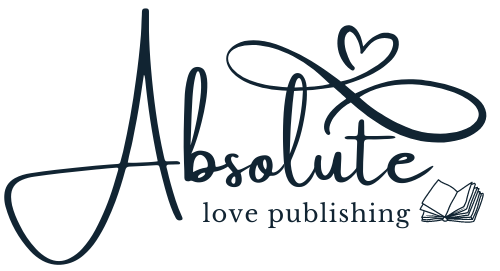 Most people hear “editor” and imagine one of two things: either a person who manages a magazine, literary journal, or publishing house or a person who checks a writer’s work for grammar issues. While both pictures are accurate, they represent only a narrow slice of a true editor’s work. In fact, there are many different kinds of editing, including developmental editing, content editing, line editing, and proofreading. Some editors focus exclusively on one form of editing, while others are skilled in all arenas and provide whatever editing services their clients or authors need.
Most people hear “editor” and imagine one of two things: either a person who manages a magazine, literary journal, or publishing house or a person who checks a writer’s work for grammar issues. While both pictures are accurate, they represent only a narrow slice of a true editor’s work. In fact, there are many different kinds of editing, including developmental editing, content editing, line editing, and proofreading. Some editors focus exclusively on one form of editing, while others are skilled in all arenas and provide whatever editing services their clients or authors need.
If you are an author interested in publication, make sure you understand the different types of editing and how each can affect your manuscript. This knowledge enables you to compare editors and publishing houses accurately, which often leads to a better manuscript and more sales.
Here’s our editing cheat sheet, prepared just for you:
Proofreading. Proofreading is the simplest (and generally cheapest) type of editing you can get. A proofreader goes through your manuscript word by word, commenting on and/or revising basic grammar and spelling errors. Proofreaders do not comment on any other errors, which is why writers typically hire a proofreader only after a separate editor already has reviewed and revised their work (if proofreading was not included in their editing contracts). Proofreading generally runs less than $0.05/word (up to $2,250 for a standard 50K-word book).
Line Editing. Line editing is the second simplest type of editing, and generally carries a heftier price tag than proofreading (about $0.05 – $0.25/word, or $2,500 – $12,500 for a standard 50K-word book). However, this is an essential investment for an author who is serious about getting published, because agents and publishers generally won’t accept a book with structural issues. A line editor goes through your manuscript line by line, commenting on and/or revising sentence structure, syntactical problems, POV issues, factual errors, and plot holes. The line editor also spends a significant amount of time ensuring your dialogue sounds natural.
Substantive Editing. Substantive editing is in-depth editing that often involves the editor revising, adding, deleting, and rearranging entire pages and chapters. (Think of substantive editing as a kind of editing/ghostwriting hybrid.) While it is more expensive than line editing (often ranging between $0.30 and $0.75/word), it results in a substantially better manuscript. If you’re planning to successfully self-publish, substantive editing is probably the way to go. (Most publishing houses will have an in-house editor apply this level of care to your manuscript, though they generally won’t accept your manuscript for publication unless it already has been professionally edited to a high standard.)
Developmental Editing. If a substantive editor is a blend between an editor and a ghostwriter, a developmental editor is a blend between an editor and a writing coach. A developmental editor typically advises an author on early-draft issues, such as the creation of an outline or plot line and the conception of the idea itself. Issues brought to the author’s attention generally include believability of the premise, core intention and goals of the book, likeability of the characters, pacing, and writing style. (Pricing for developmental editing varies widely, but typically ranges between line editing and substantive editing.)
If you’d like to learn more about how editing works or you have a completed manuscript you’re ready to publish, contact our editor by emailing editor at absolutelovepublishing.com.


